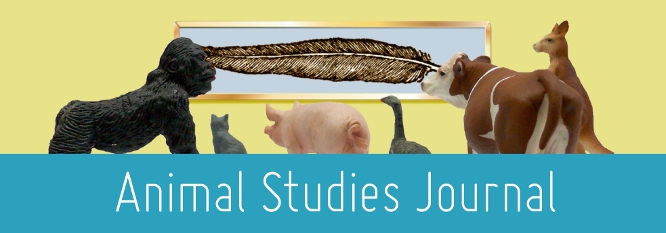Home > assh > ASJ > Vol. 7 (2018) > No. 1

Abstract
The global Save Movement, alongside other animal rights organisations and practices, has since 2010 sought to bring the experiences of nonhuman farmed animals into the public domain from privatized, usually hidden spaces of industrial procedure and slaughter. One key mechanism used is to conduct vigils held outside slaughterhouses, where activists gather to bear witness to the passing of nonhuman animals in trucks, and to raise awareness of the suffering of animals to passers-by. Central to the practice are the roles played by emotional engagement and bodily encounter with the nonhuman animals; the movement is founded on a self-styled ‘love-based’ compassion for other living beings. In 2014, I joined the Save Movement in Toronto for a number of vigils, engaging in an autoethnographic study of the means by which activists employ emotional labour, bearing witness and bodily encounter in foregrounding the realities of life for industrially farmed nonhuman animals. This article argues that the Save Movement represents a new moment (although not wholly without precedent) in the practices of animal rights activism. Working from the intellectual standpoint of Critical Animal Studies, the structure of the paper employs this autoethnographic and emotionally-affected personal account of taking part as a researcher-activist in the vigils, to offer access to experiences of how emotion, activism and empathy overlap in ‘coming to care’ for nonhuman others in public settings. The article seeks to elucidate the Save Movement’s emphasis on bodily encounter and the making visible of already existing embodied entanglements with farmed nonhuman animals, and suggests this form of engaged witnessing offers opportunity for radically reimagining our species’ existing relationships with those species we currently identity as food.
Recommended Citation
Lockwood, Alex, Bodily Encounter, Bearing Witness and the Engaged Activism of the Global Save Movement, Animal Studies Journal, 7(1), 2018, 104-126.Available at:https://ro.uow.edu.au/asj/vol7/iss1/6
Included in
Art and Design Commons, Australian Studies Commons, Creative Writing Commons, Digital Humanities Commons, Education Commons, Feminist, Gender, and Sexuality Studies Commons, Film and Media Studies Commons, Fine Arts Commons, Philosophy Commons, Social and Behavioral Sciences Commons, Theatre and Performance Studies Commons

